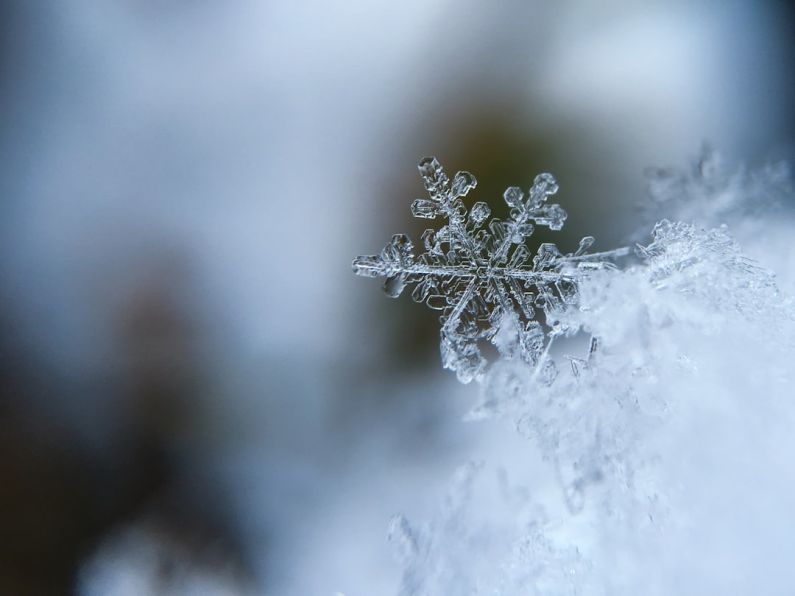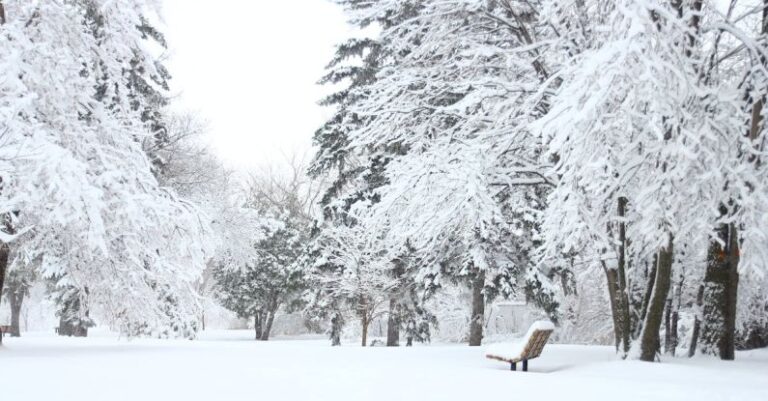
Snowshoeing is an exhilarating winter activity that allows outdoor enthusiasts to explore snowy landscapes in a unique way. Many people wonder if they can engage in snowshoeing regardless of the weather conditions. Are snowshoes only suitable for certain types of snow, or can they be used in any weather? Let’s delve into this question and uncover the truth behind snowshoeing in different weather conditions.
Understanding Snowshoes
Before we delve into the weather aspect, let’s first understand what snowshoes are and how they work. Snowshoes are footwear designed for walking over snow. They distribute the weight of the wearer over a larger area, preventing them from sinking into the snow. This design allows snowshoers to walk on top of the snow rather than sinking deep into it.
Ideal Snow Conditions
When it comes to snowshoeing, the ideal conditions are fresh, powdery snow. This type of snow provides a soft surface for easy walking and good floatation. In these conditions, snowshoes work efficiently, allowing the wearer to move smoothly across the snow-covered terrain.
Challenging Weather Conditions
While fresh powder is ideal, snowshoeing can be done in various weather conditions. However, some conditions may present more challenges than others.
1. Wet and Heavy Snow
Wet, heavy snow can make snowshoeing more challenging. The moisture in the snow can cause it to stick to the bottom of the snowshoes, making each step heavier and harder to lift. In these conditions, snowshoeing may require more effort and energy.
2. Icy Surfaces
Walking on icy surfaces with snowshoes can be tricky. Snowshoes are designed to provide traction on snow, but ice can be slippery and increase the risk of slipping. It’s essential to use caution and consider using additional traction devices like crampons in icy conditions.
3. Slushy and Melting Snow
As the snow starts to melt and becomes slushy, snowshoeing can become more challenging. The slush can stick to the snowshoes, making them heavier and affecting their performance. In these conditions, it’s essential to choose snowshoes with good flotation and to adjust your technique to accommodate the changing snow conditions.
Adapting to Different Weather Conditions
While snowshoeing in challenging weather conditions may require more effort and caution, it is still possible to enjoy this winter activity. Here are some tips for adapting to different weather conditions:
Choosing the Right Gear
Selecting the appropriate gear can make a significant difference when snowshoeing in various weather conditions. Consider using snowshoes with aggressive traction for icy surfaces and snowshoes with good flotation for wet, heavy snow.
Dressing for the Weather
Dressing in layers is essential when snowshoeing in different weather conditions. Wear moisture-wicking clothing to stay dry and insulated layers to stay warm. Be prepared for changing weather conditions and adjust your clothing accordingly.
Adjusting Your Technique
In challenging weather conditions, adjusting your snowshoeing technique can help overcome obstacles. Take shorter steps in deep snow or when the snow is wet and heavy. Use poles for balance and stability, especially on icy surfaces.
Conclusion: Embracing the Elements
In conclusion, snowshoeing can be enjoyed in various weather conditions, from fresh powder to wet, heavy snow. While challenging weather may require more effort and caution, adapting your gear, clothing, and technique can help you navigate different winter landscapes. So, can you snowshoe in any weather condition? The answer is yes, with the right preparation and mindset, you can embrace the elements and enjoy the beauty of winter through snowshoeing.





